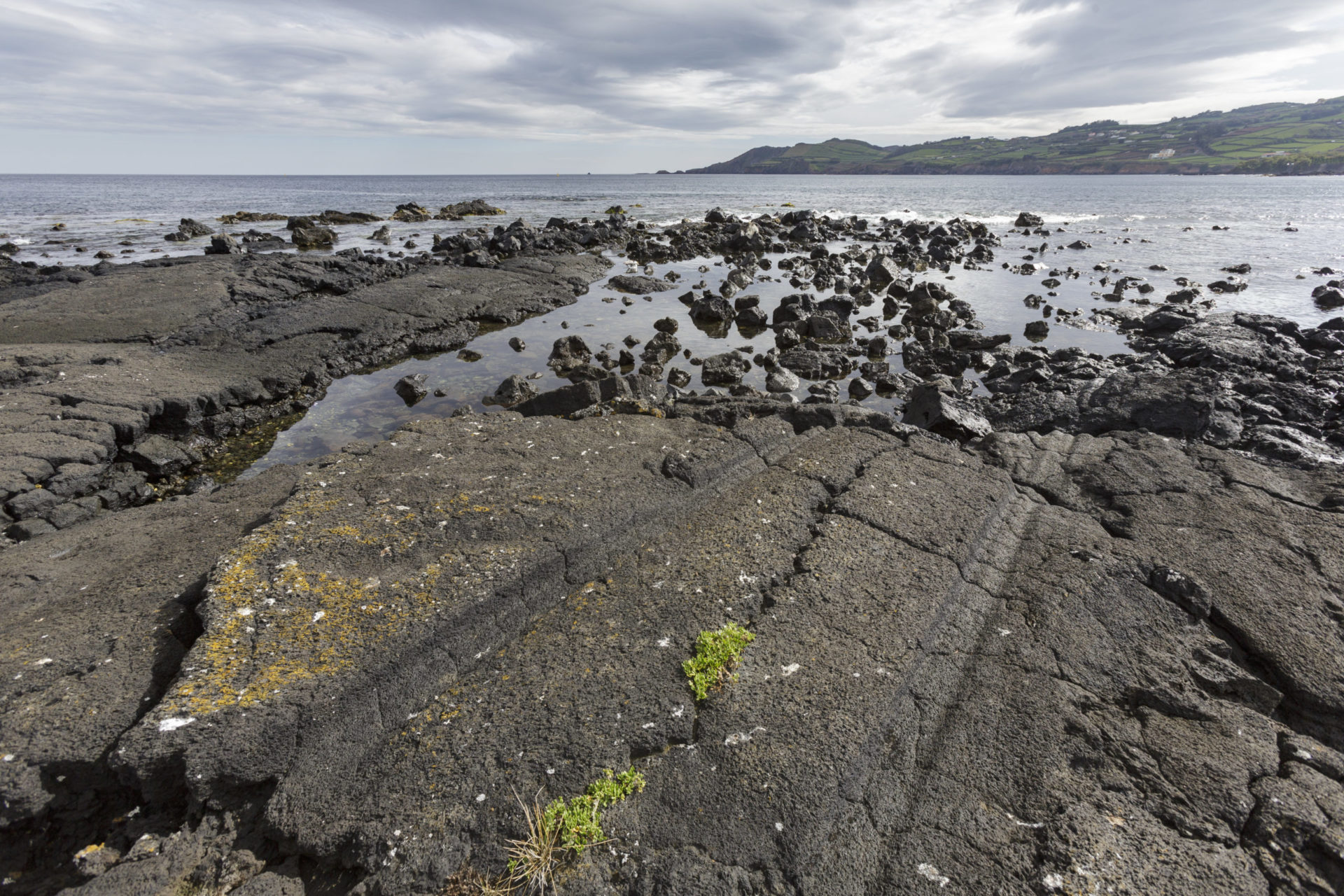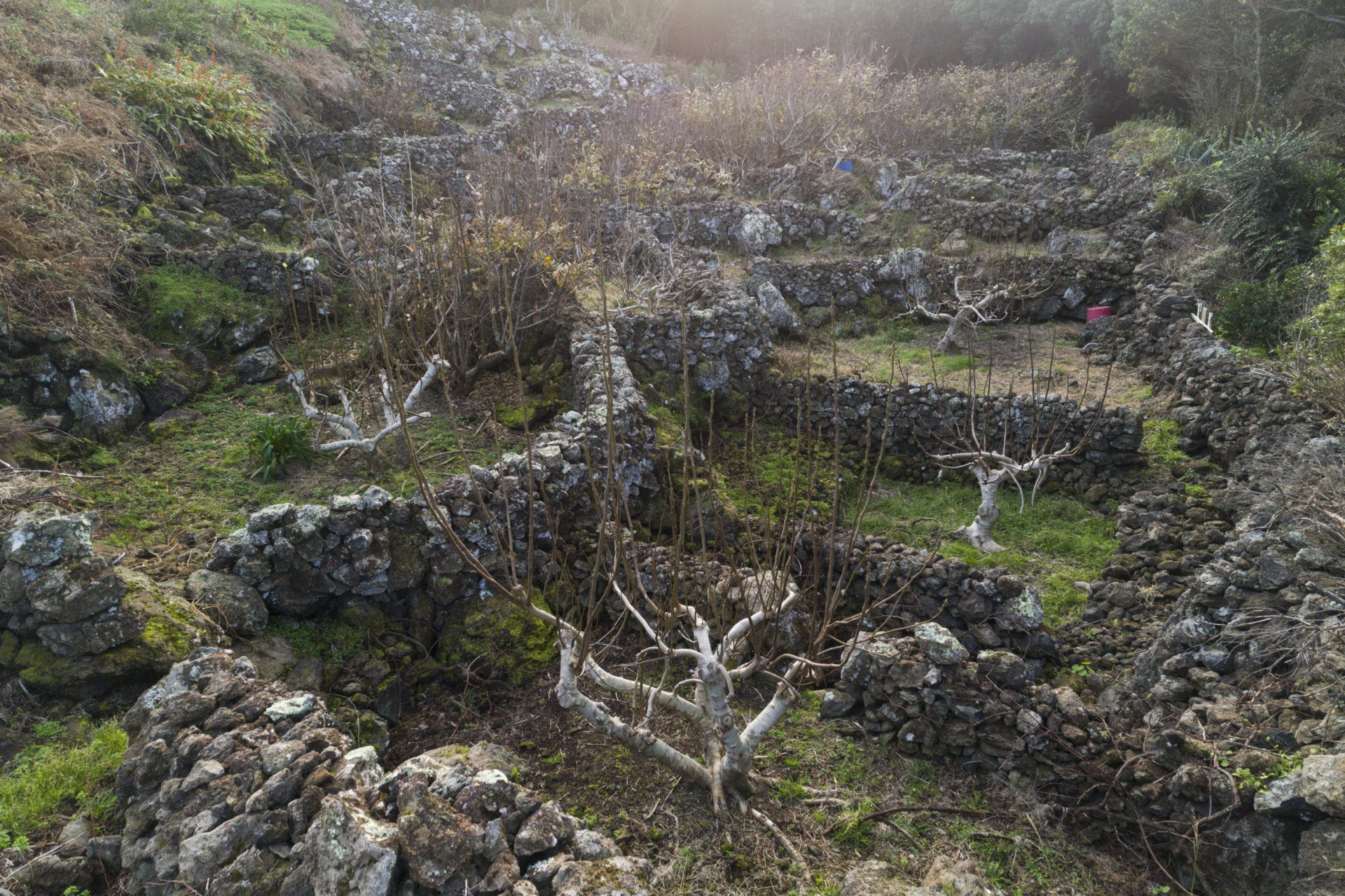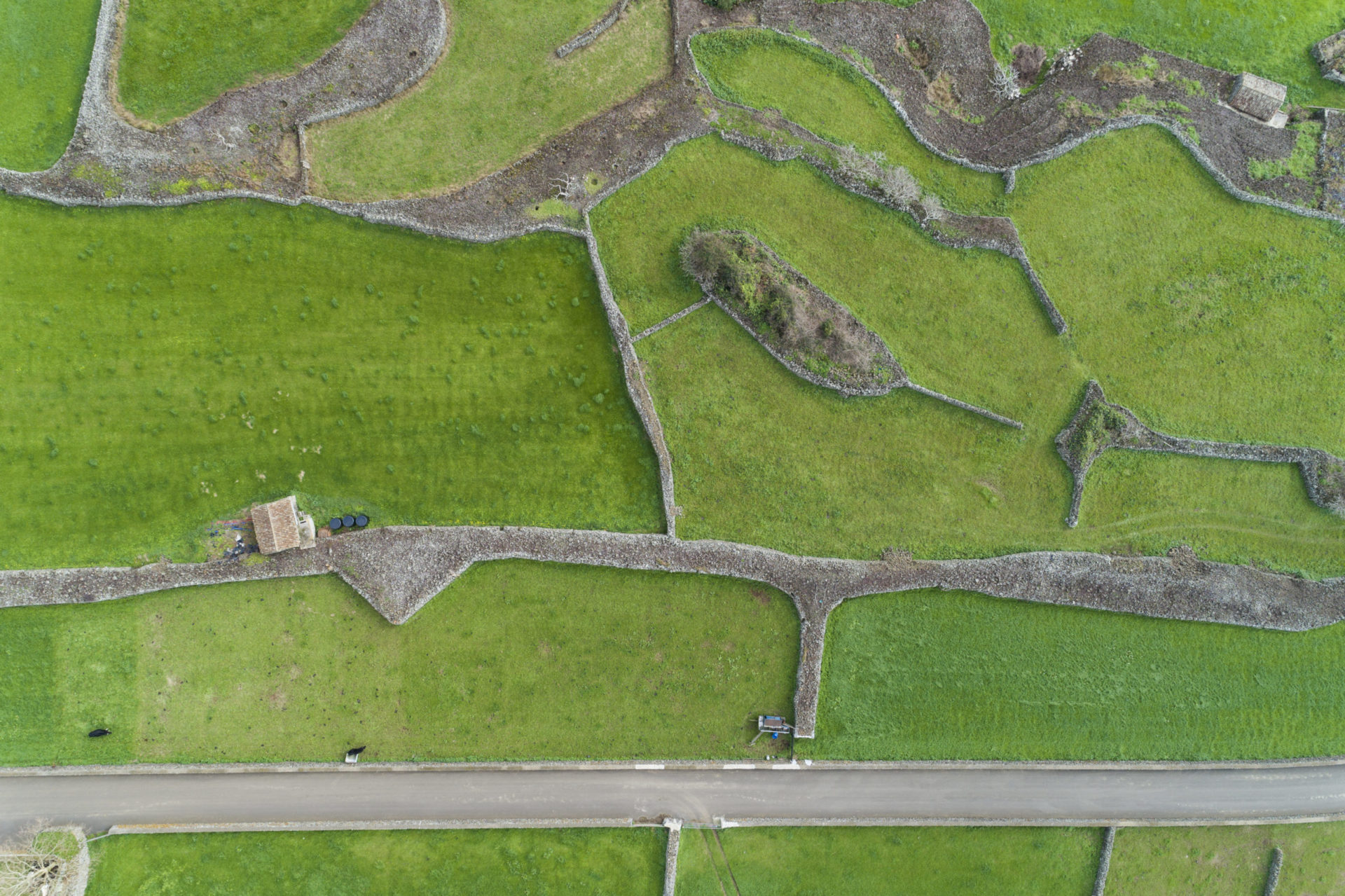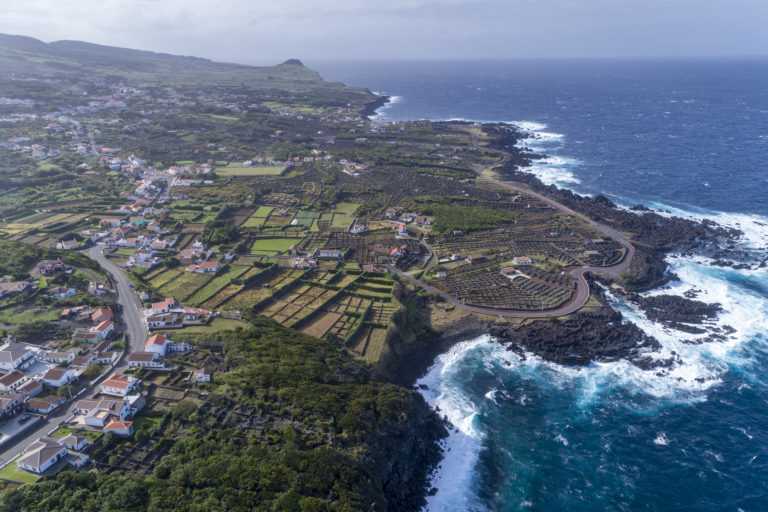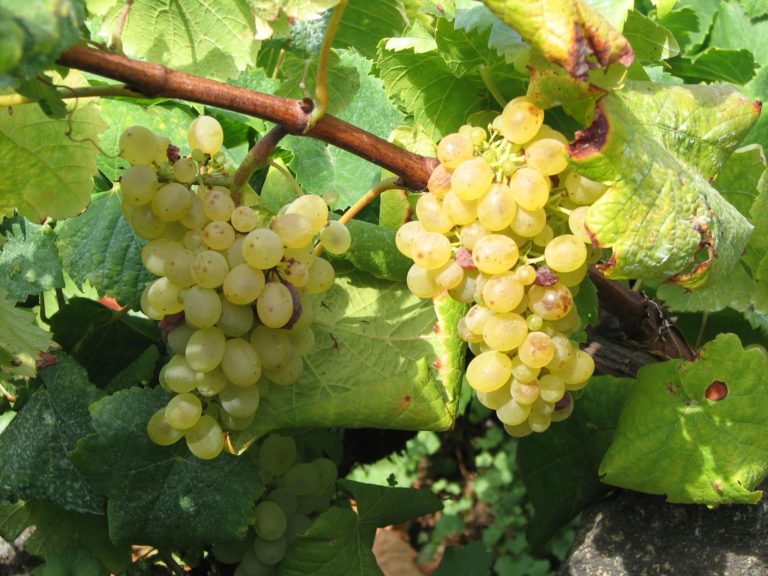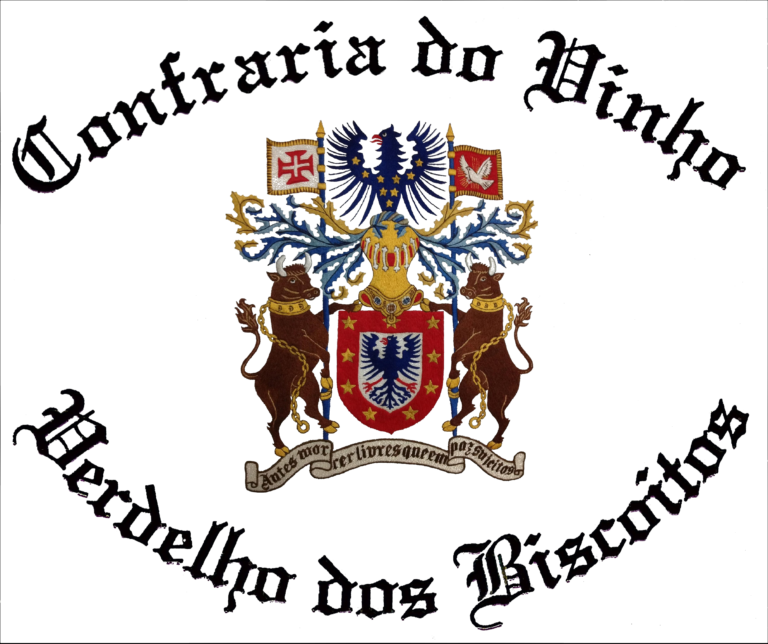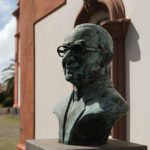Because of its climate and latitude, the Azores region is mostly favourable to white wine vines. Many grape varieties were early introduced, and an account by the great historian Gaspar Frutuoso which dates back to the 16th century mentions “vines and grapes from all sorts of varieties, muscat, verdelho, mourisco, açaria, and others”, among which would be, for instance, the Terceira terrantez, the Pico arinto or the purple verdelho. However, in time, the verdelho became the most famous and the one that best translates the force of the harsh, marine and Atlantic “terroir”.
It results in high quality generous wines and is mainly served with strong flavoured dishes like the always mentioned alcatra from Terceira, whose pepper, clove and laurel seasonings are heightened by its freshness.

